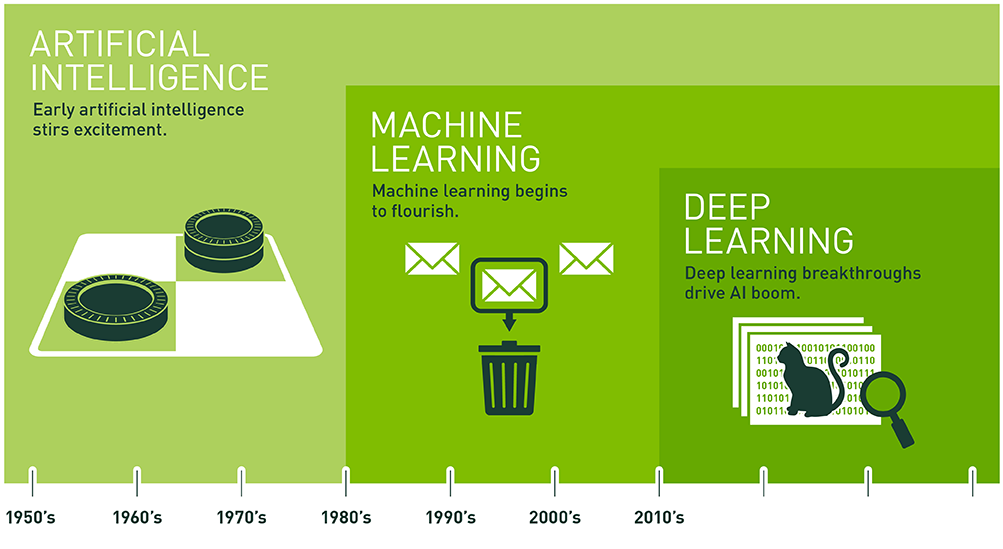
Using artificial intelligence to improve knowledge management in the construction industry
This article is part of an ongoing series looking at knowledge management (KM) in the building and construction industries.
The construction industry is a significant aspect of the global economy, valued at US$7.28 trillion in 20211, and has been increasingly embracing knowledge management (KM). A newly published conference paper2 looks at what artificial intelligence (AI) can potentially bring to KM in the construction industry,
With the construction industry being both data intensive and requiring the human workforce to be able to effectively work and interface with that data, the paper authors advise that AI technologies can accelerate learning and reasoning from large datasets as well as aid in pattern recognition.
They consider that if it is done effectively, the significant potential benefits of deploying AI technologies in KM in the construction industry include:
- potential for much faster retrieval of existing knowledge
- ease of matching existing knowledge to new problems
- increased capacity to leverage existing knowledge to create new knowledge
- improved validation of new knowledge before integration into corporate knowledge bases
- more opportunities and mechanisms for knowledge capture, sharing, and reuse
- improved decision making due to ready access to up-to-date, context-specific knowledge
- increased intellectual capital of construction organizations due to knowing more of what the individuals in the organization know
- greater flexibility in the representation of knowledge in corporate knowledge bases.
The paper authors identify five key areas in which AI can support KM in the construction industry:
- Data mining and knowledge discovery – Data mining refers to automated knowledge acquisition and machine learning methods that can analyze raw data. Knowledge discovery is used to extract knowledge from data and identify patterns. AI technologies can be used primarily for locating existing knowledge, but can also contribute to the creation of new knowledge because the mined data can be combined or deployed in a way that new knowledge is created. Construction documents and databases relating to past or current projects can be mined to unearth new insights that can enhance an organization’s knowledge base and support knowledge management efforts.
- Machine learning – Machine learning (ML) is a subset of AI that focuses on creating computer programs that learn from past data or experience in order to model or predict. ML consists of four areas: supervised machine learning, unsupervised machine learning, reinforcement learning, and deep learning. In the construction industry, ML can learn from previous process outcomes, experiences, decisions, and preferences to suggest new paths forward. It can also directly support KM sub-processes by learning from previous approaches to knowledge location/access, capture, sharing, representation, and creation to offer significant changes that improve the quality, accessibility, and value of an organization’s KM systems. Deep learning can also be deployed on large corporate knowledge repositories to automate the retrieval and customization of knowledge to address new problems.
- Computer vision – This tool is used to process and understand digital images captured via devices such as cameras and drones. Computer vision offers fast processing, analysis, inspection, and monitoring of visual data. This is especially helpful for site monitoring, which can be automated by capturing images and then processing them to detect anomalies or potential clash points. Computer vision systems can capture the knowledge associated with how certain project activities are undertaken, for use in communities of practice or training settings. Automated analysis of video images provides insights into patterns of work activities, worker interactions, equipment operations, project team member on-site activities, and other project elements that can generate new knowledge about construction project delivery processes or sub-processes.
- Natural language processing – Natural language processing (NLP) deals with mimicking the linguistic capabilities of human beings, and can analyze semantic and grammatical sutures in text. It has been used for speech recognition, text processing, and information retrieval. However, several limitations are observed such as speech recognition issues or errors in representing certain fragments. There are numerous ways in which NLP can support KM. At a simple level, NLP can be used to facilitate the elicitation or capture of knowledge from people through direct interviews, recording of formal/informal training sessions, or making sense of communities of practice meetings. It also offers the capacity to represent the knowledge captured in audio form, which would be highly useful in many contexts. NLP can also support knowledge sharing by simplifying retrieval requests to spoken queries, with the results also conveyed to the user in natural language, with significantly reduced scope for misunderstanding.
- Knowledge-based systems – Knowledge-based systems (KBS) are computer systems that aid human decision-making based on the knowledge stored stored in the system using a variety of inference mechanisms. They are created to readily provide access to information in a consistent manner. KBS can be classified into four areas: expert systems, case-based reasoning, intelligent tutoring systems, and database management system. KBS can be integrated into an organization’s KM infrastructure such that they enhance the corporate knowledge base and facilitate all of the KM sub-processes to varying extents.
Other related technologies that the paper authors consider could have an impact include:
- Big data analytics, which allows for large data sets to be analyzed to identify trends, patterns, relationships, and other information that can enhance an organization’s knowledge base.
- Internet of things (IoT), which builds on the existing internet by allowing distributed objects to be sensed and interconnected across communications networks, thereby enabling them to be centrally monitored and controlled.
- Cloud computing, which provides a model for enabling ubiquitous, convenient, on-demand network access to a shared pool of configurable computing resources (e.g. networks, servers, storage, applications and services) that can be rapidly provisioned and released with minimal management effort or service provider interaction.
However, a notable shortcoming of the paper is that the authors don’t explore how AI can potentially support KM in relation to building Information Modeling (BIM)3. Considered a ‘game changer’, BIM is being increasingly used worldwide to facilitate the effective management of information across the whole life cycle of a built asset, including in the design, construction, and facility management phases. Because of this, the links between BIM and KM have been attracting increasing interest, as I’ve documented in previous RealKM Magazine articles. This shortcoming indicates the need for further research.
Article source: Use of Artificial Intelligence to Improve Knowledge Management in Construction, CC BY 3.0.
Header image source: Geospatial World on YouTube.
References:
- Deloitte. (2022). Global Powers of Construction 2021. July 2022. ↩
- Anumba, C., & Khallaf, R. (2022, November). Use of Artificial Intelligence to Improve Knowledge Management in Construction. In IOP Conference Series: Earth and Environmental Science (Vol. 1101, No. 3, p. 032004). IOP Publishing. ↩
- Wikipedia, CC BY-SA 3.0. ↩
Also published on Medium.






